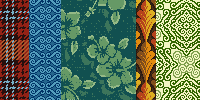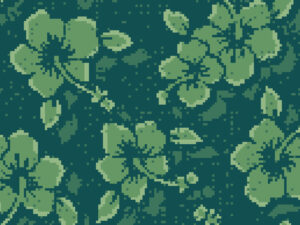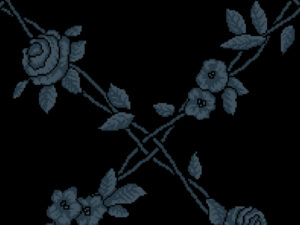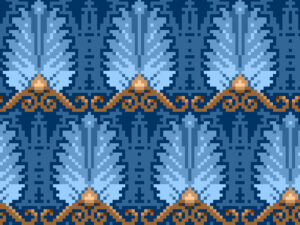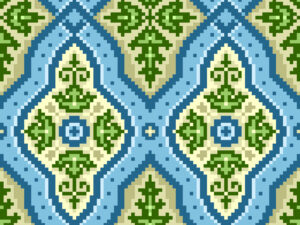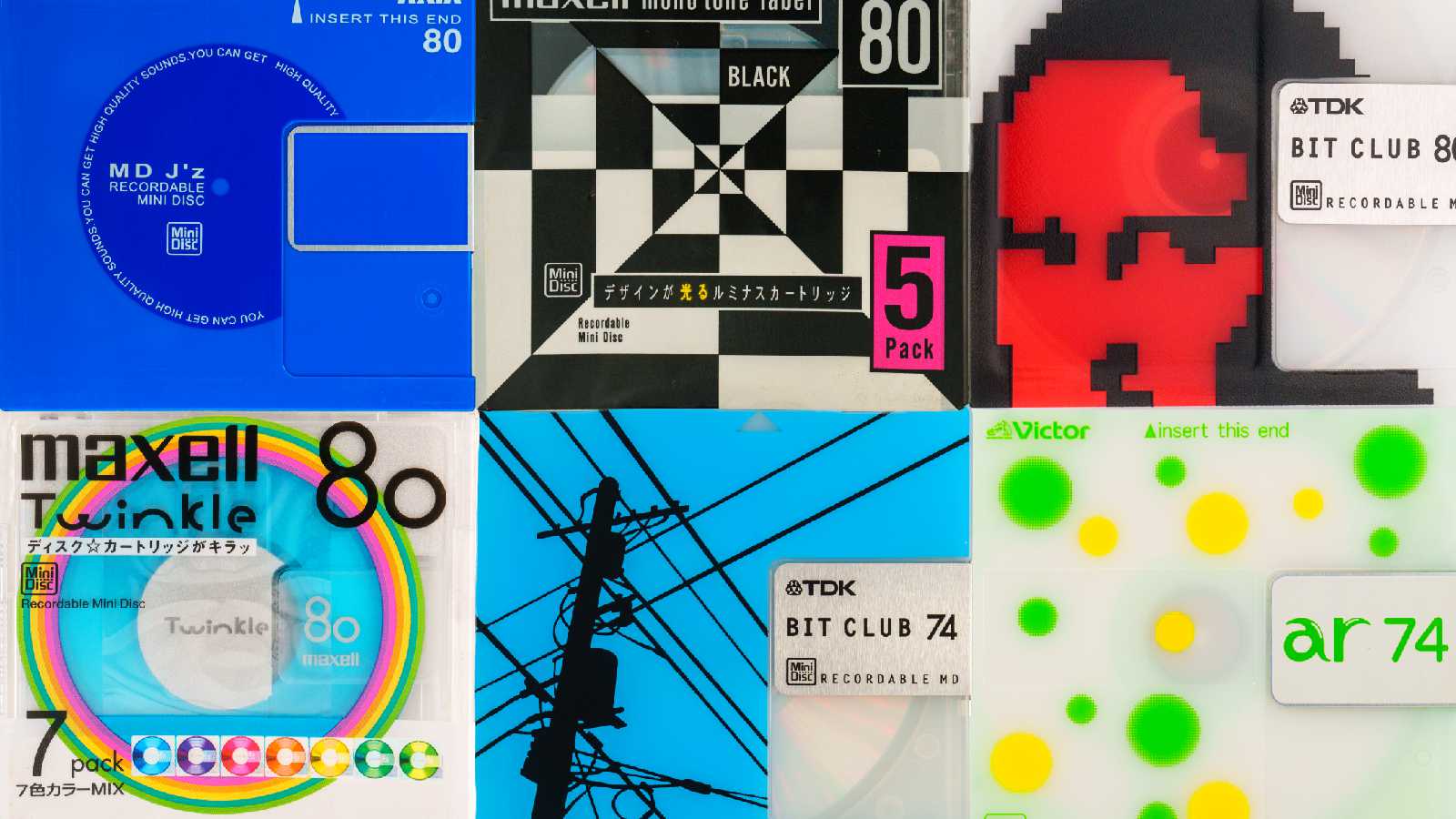Back in the day—in this case, the early ’00s—there was a guy who did these incredibly ornate #pixelart patterns and just gave them away. That was it. That was the site.
I’ve been trying to remember the name of this site for what feels like years. It was called something unusual, and I finally, after some strategically-minded googling, located it: squidfingers.com, by Travis Beckham. Of course it’s different now. But this being the internet, someone archived it, and you can see his remarkable work here.
Something about the whole thing feels very #old-web for some reason. I don’t know. I’m sure designers still do this. I just associate Squidfingers-type projects with the earlier, more experimental web.
